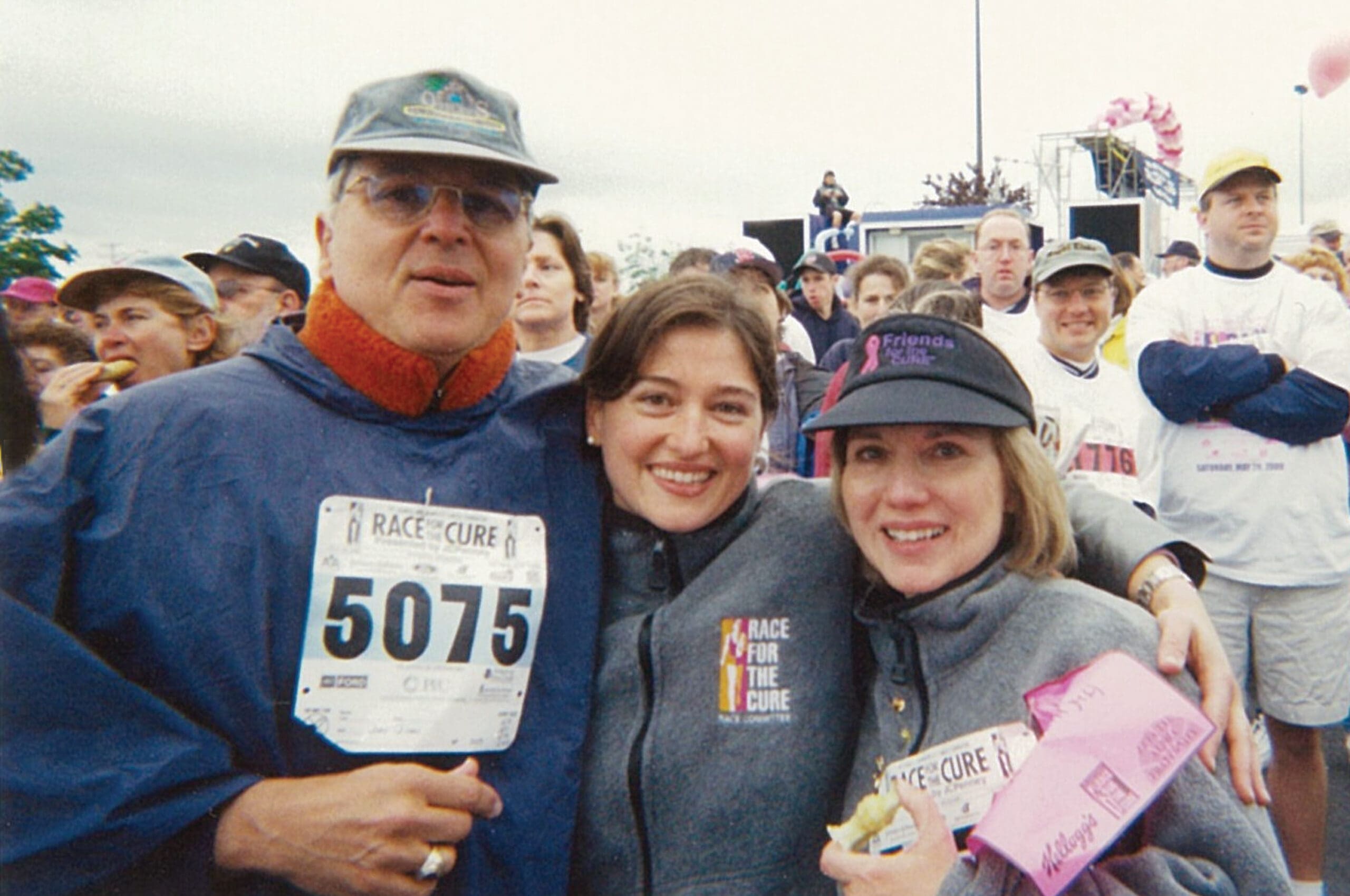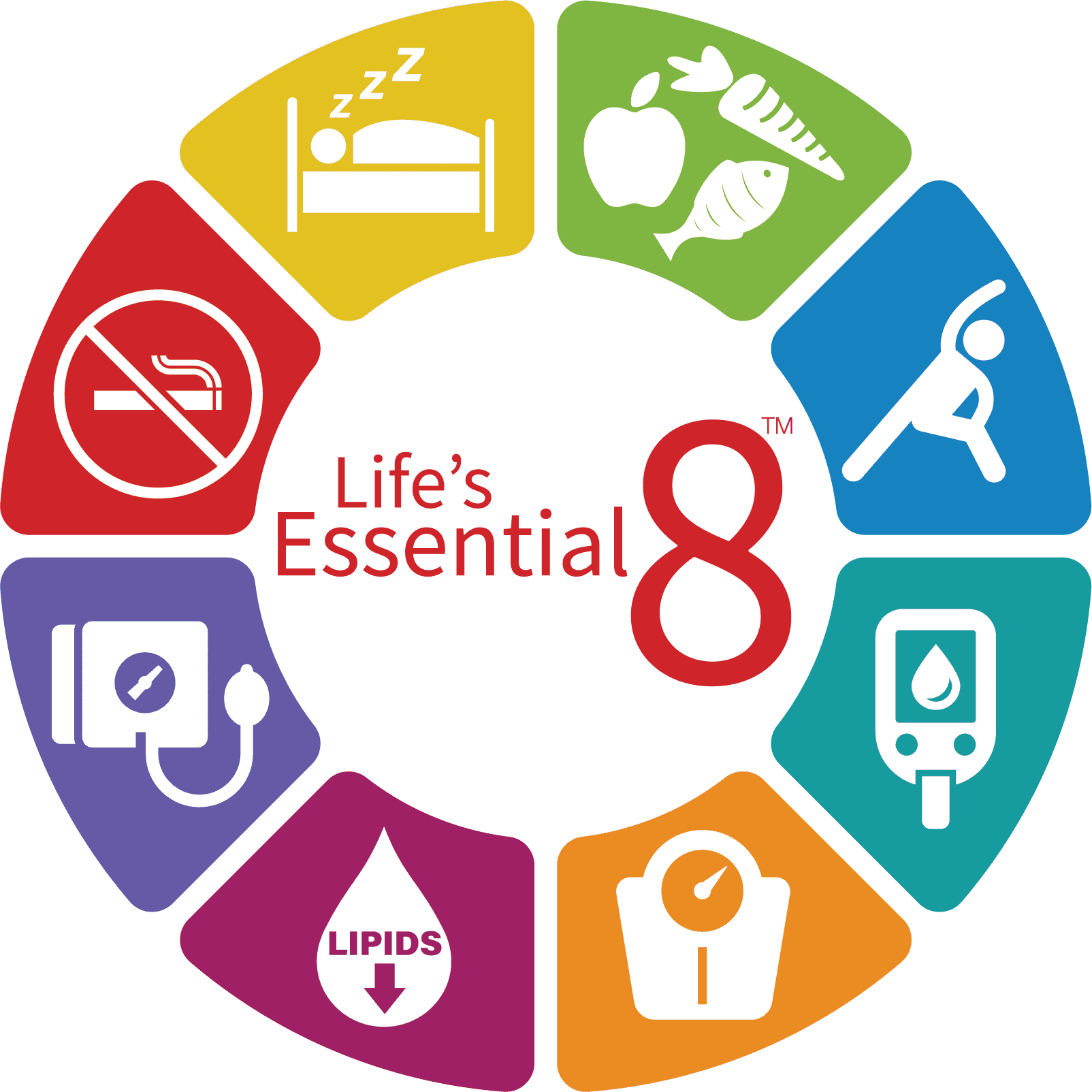By Heather Shannon, MS, CMN, WHNP, MPH
February is heart health month and so much effort is focused on keeping our hearts strong and healthy. We know that diet and exercise are imperative in keeping women on the right track, but genetics can get in the way, despite doing all the recommended things. Despite your risk, would you know if you were experiencing a cardiovascular event (stroke or heart attack) or have heart disease?
As you may already know, heart disease is the No. 1 killer of women (of all ages), not breast, cervical or ovarian cancer. One in three women die from a cardiovascular event each year, which is one woman every minute (American Heart Association, 2019). What is concerning about women’s heart disease is that it does not present as the usual “heart attack” as in men (crushing chest pain). What happens when we have a heart attack? An ischemic event (lack of oxygen) occurs to the heart muscle, causing damage and then ineffective heart functioning. The usual cause is a buildup of plaque in the coronary arteries, which blocks the blood flow to the heart.
 The American Heart Association’s (AHA) Go Red For Women campaign is making great strides in creating heart health awareness and has developed an informative website, goredforwomen.org/, with all the facts and support to arm you with knowledge. There are still false assumptions that cancer is more of a health risk, it is a man’s disease, or that older women have heart disease. Let me say this again, heart disease the leading cause of death in women and age does not discriminate. In fact, many younger women, even athletes, are faced with heart disease.
The American Heart Association’s (AHA) Go Red For Women campaign is making great strides in creating heart health awareness and has developed an informative website, goredforwomen.org/, with all the facts and support to arm you with knowledge. There are still false assumptions that cancer is more of a health risk, it is a man’s disease, or that older women have heart disease. Let me say this again, heart disease the leading cause of death in women and age does not discriminate. In fact, many younger women, even athletes, are faced with heart disease.
How can younger women be at risk for heart disease? When looking at lifestyle, younger women are taking combination birth control pills (BCP) with estrogen and progesterone. Taking these alone poses a slight increase risk of heart disease. However, if you smoke tobacco cigarettes and take BCP, you now have a 20 percent increased risk for heart disease or cardiovascular event (AHA, 2019). We already know that overeating/obesity, high blood pressure (BP), diabetes (glucose), high cholesterol and lack of exercise affects our heart by clogging our arteries. We may not show signs until later in life, but living a healthy lifestyle can slow or prevent heart disease. It is important to know your numbers (BP, cholesterol, BMI and
glucose) and talking to your health care provider, even at a young age, is important.
Am I Having a Cardiovascular Event?
Women do not have the “tell-tale” sign of crushing chest pain as with men experiencing a heart attack. Our symptoms are vague, atypical and often ignored. It may be as simple as shortness of breath, dizziness/lightheadedness, nausea and/or vomiting or simply back pain. Some might experience jaw or upper arm pain or lower chest/upper abdomen. Extreme fatigue could also be a sign of heart attack. As you can see, these signs are not clear-cut for a heart attack. How many of us are over tired? Or have back pain? Most of us. Let’s not forget about stroke symptoms. Please refer to FAST insert for specifics.
Many women experience a “silent heart attack” with no or minimal symptoms. Much of the time, the event is diagnosed weeks to months later. It has often been confused as anxiety or “it’s nothing at all”. If you think you are having a silent heart attack, calmly call 911 and clearly notify the emergency staff you think you are having a heart attack and not an anxiety attack. The risk factors for a silent heart attack are the same as that for a recognized h

eart attack.
What does a healthy lifestyle look like? Unfortunately, there is no magic pill or secret recipe. It is simply eating healthy nutrient-rich foods, maintaining adequate activity each day, getting enough rest, avoid tobacco cigarette smoking and keep your weight/BMI in the recommended range, which are all within our control. However, knowing your numbers and regular health care provider visits are important. American Heart Association recommends getting your cholesterol checked at age 20. If you have a family history, you should have it checked earlier.
What are your best resources? Your primary care provider of course, but have you considered your OB/GYN? An OB/GYN is uniquely qualified to identify and treat women in all aspects of their health. Besides reproductive health, they screen, counsel and educate women on heart health (ACOG, 2018). In fact, in many cases, the OB/GYN is the only health care provider a woman will see annually and knows your current health status. They also know the details about your pregnancy and childbirth history, which is important since certain pregnancy conditions could increase your risk for heart disease later in life.
Becoming knowledgeable of your risks of heart disease and recognizing any unusual symptoms will keep you on the right path to a healthier life, even if you are told you have heart disease. Be your best advocate. Have a heart and keep it strong!
Resources:
American College of OB/GYN (ACOG). 2018. https://www.acog.org/About-ACOG/News-Room/News-Releases/2018/Annual-well-woman-visit-to-the-OBGYN-can-keep-your-heart-healthy
American Heart Association (AHA). 2019. https://www.goredforwomen.org/






You must be logged in to post a comment.